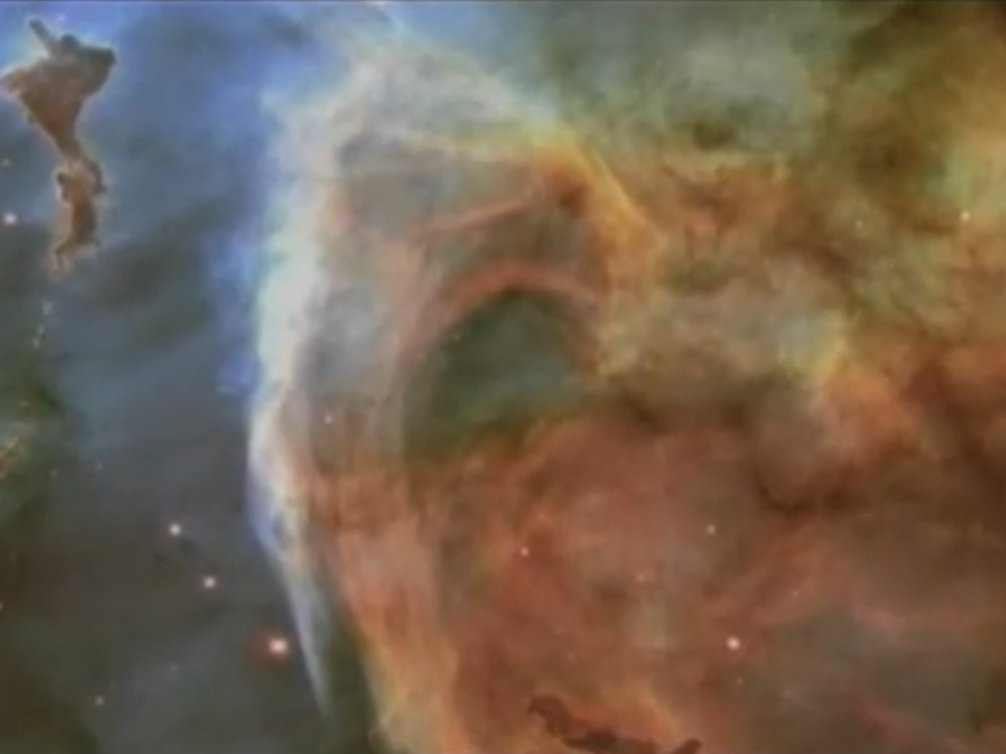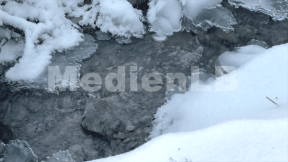
55500808
Magnetismus, Strom, Licht & Optik
In unserem Arbeitsheft Physik, 6-8, Vol. 1 – Magnetismus, Strom, Licht & Optik finden Sie 50 interaktive und didaktisch aufbereitete Aufgaben.
Das Medium bietet H5P-Aufgaben an, die ohne zusätzliche Software verwendbar sind. Das Medium enthält interaktive Videos und 50 H5P-Aufgaben zu den Themen Magnetismus, Strom und Licht.
Durch interaktive Aufgabentypen wird das audiovisuelle und interaktive Lernen einfach.
Lernen macht jetzt Spaß!
Included Tasks
- 1. Magnetfelder: Erde und Weltraum - Interaktives Video
- 2. Magnetfelder: Erde und Weltraum - Interaktives Video
- 3. Magnetismus als Quelle der Elektrizität - Interaktives Video
- 4. Magnetismus - Elektromagnetische Wellen - Interaktives Video
- 5. Magnetisches Feld und Feldlinien - Interaktives Video
- 6. Magnetisieren und Entmagnetisieren - Interaktives Video
- 7. Masse und Ortsfaktor - 5 interaktive Bildaufgaben
- 8. Wirkungen magnetischer Felder - Wissensvermittlung (1)
- 9. Die magnetische Feldstärke - Wissensvermittlung (2)
- 10. Die magnetische Feldstärke - Wissensvermittlung (3)
- 11. Beschreibung magnetischer Felder - Essay
- 12. Magnetismus - 5 Interaktive Aufgaben (1)
- 13. Magnetismus - 5 Interaktive Aufgaben (2)
- 14. Magnetismus - 5 Interaktive Aufgaben (3)
- 15. Magnetismus - 5 Interaktive Aufgaben (4)
- 16. Atome
- Elektronen und Ionen - Wissensvermittlung
- 17. Aufbau der Atome - Interaktive Aufgabe
- 18. Atome - 5 Interaktive Aufgaben (1)
- 19. Atome - 5 Interaktive Aufgaben (2)
- 20. Wie entsteht der Strom? - Interaktiver Lückentext
- 21. Elektrik im Wandel der Geschichte - Interaktive Aufgabe
- 22. Elektrik im Wandel der Geschichte - Jahreszahlen und Ereignisse
- 23. Strom - Ladung und Spannung - Interaktives Video
- 24. Strom - Ladung und Spannung - Interaktiver Lückentext
- 25. Stromfluss und Stromstärke - Interaktives Video
- 26. Strom - Der Stromkeis - Interaktives Video
- 27. Wirkung von Ladung
- Spannung und Stromstärke - Interaktives Video
- 28. Stromkreis
- Wirkung
- Leiter und Isolatoren - Interaktiver Lückentext
- 30. Strom - Energiewende - Interaktives Video 30. Faraday und der Generator - Interaktives Video
- 31. Strom - Faraday und der Generator - Interaktiver Lückentext
- 32. Strom - Der Transformator - Interaktives Video
- 33. Strom - Stromleiter - Interaktiver Lückentext
- 34. Funktionsprüfung einer Glühlampe - Interaktive Bildaufgaben (1)
- 35. Funktionsprüfung einer Glühlampe - Interaktive Bildaufgaben (2)
- 36. Leitfähigkeit von Materialien - Interaktive Bildaufgaben (1)
- 37. Leitfähigkeit von Materialien - Interaktive Bildaufgaben (2)
- 38. Leiter und Nichtleiter - Interaktive Aufgaben
- 39. Elektrischer Strom - 5 interaktive Bildaufgaben (1)
- 40. Elektrischer Strom - 5 interaktive Aufgaben (2)
- 41. Elektrischer Strom - 5 interaktive Aufgaben (3)
- 42. Elektrischer Strom - 5 interaktive Aufgaben (4)
- 43. Nachweis von Röntgenstrahlen - Interaktives Video
- 44. Röntgenstrahlung - Elektromagnetische Wellen - Interaktives Video
- 45. Röntgenstrahlung - 5 interaktive Aufgaben (1)
- 46. Röntgenstrahlung - 5 interaktive Aufgaben (2)
- 47. Röntgenstrahlung - 5 interaktive Aufgaben (3)
- 48. Röntgenstrahlung - 5 interaktive Aufgaben (4)
- 49. Wie funktioniert das Sehen? - Interaktives Video
- 50. Das Auge - Der Weg der Lichstrahlen - Interaktives Video
Curriculum-centred and oriented towards educational standards
Matching
Macrocosm
Macrocosm – what is that? The film discusses this question in detail. Where does macrocosm begin? Can we imagine or even perceive its dimensions? The film illustrates in a descriptive way that macrocosm begins already on Earth, for instance in the forest..
Fluids and Viscosity
Be it the honey on our breakfast toast, the water from the tap or the air surrounding us – they all have one thing in common: in a physical sense they are fluids.









